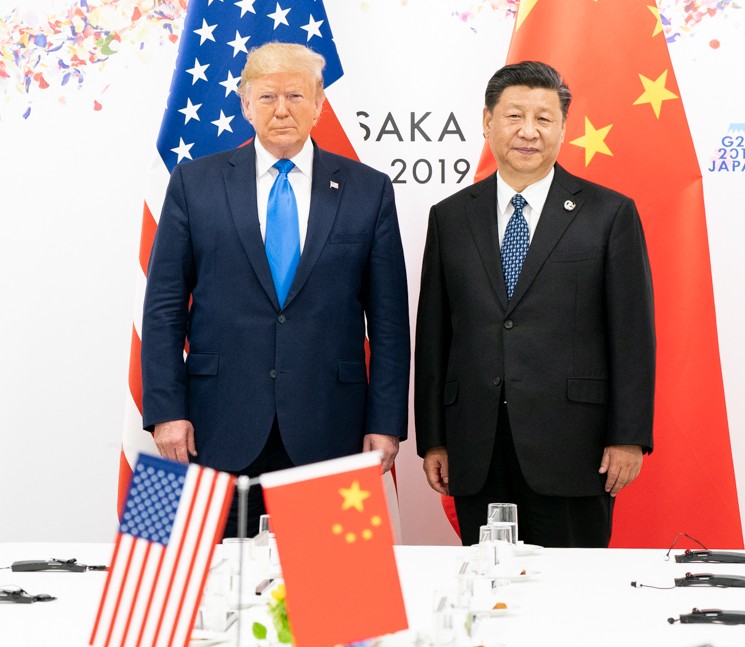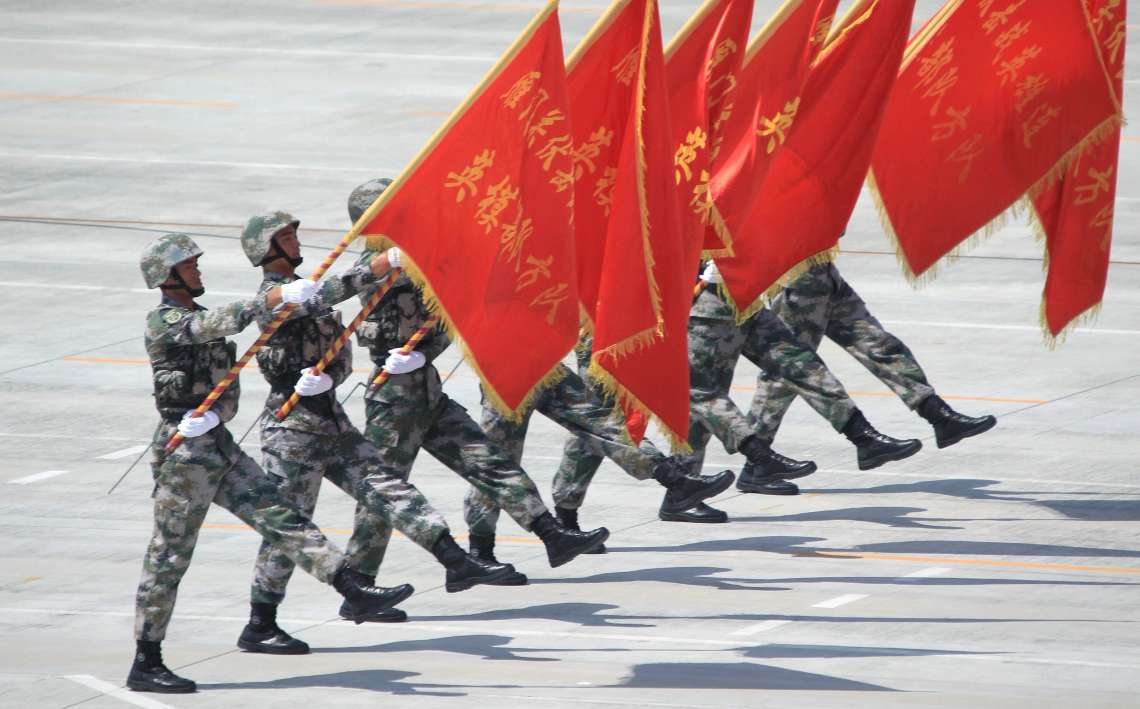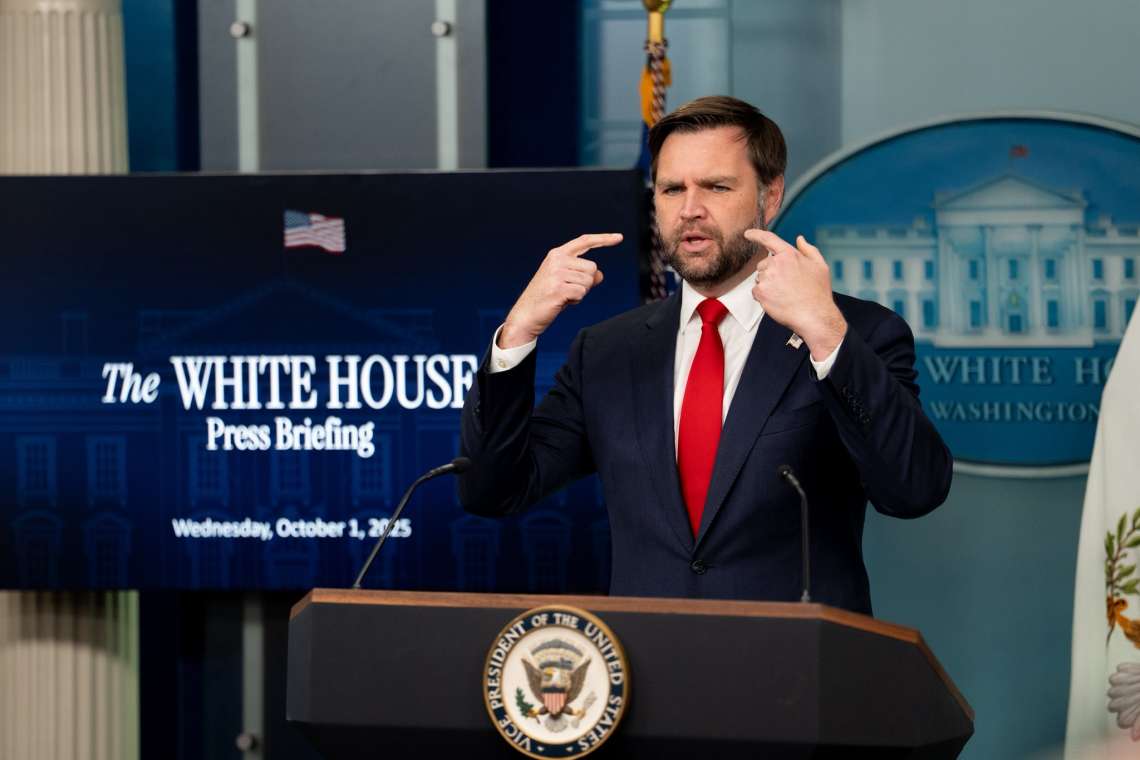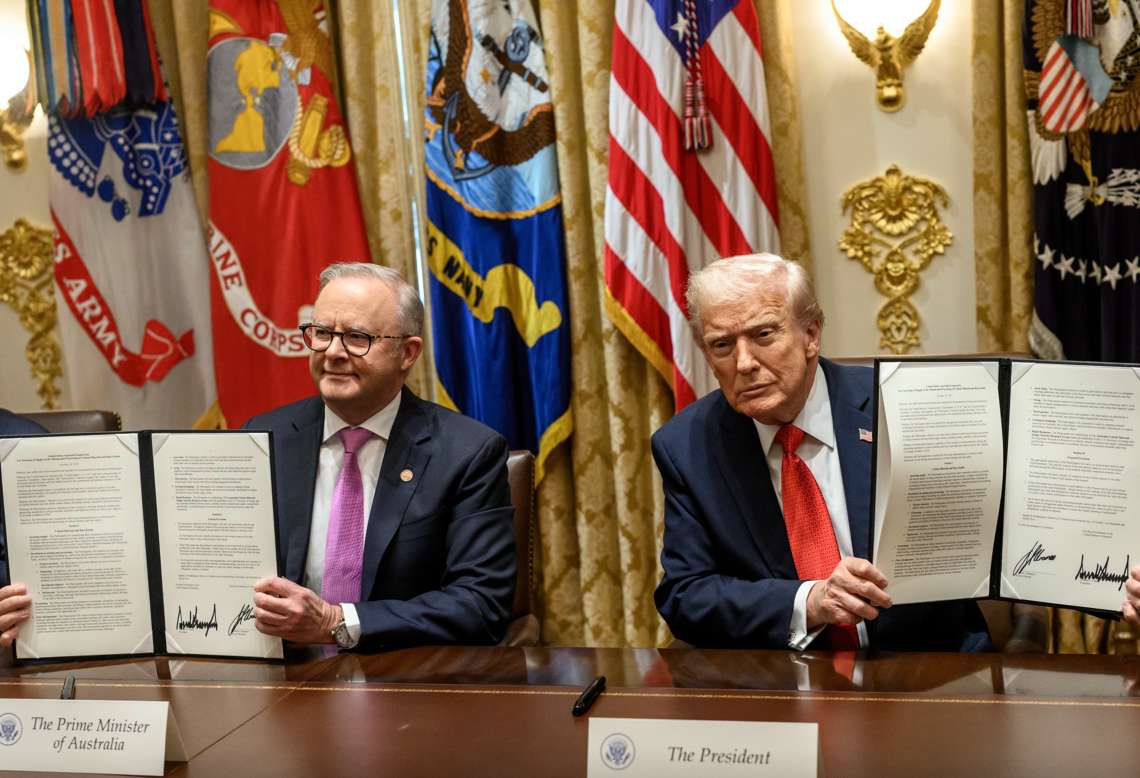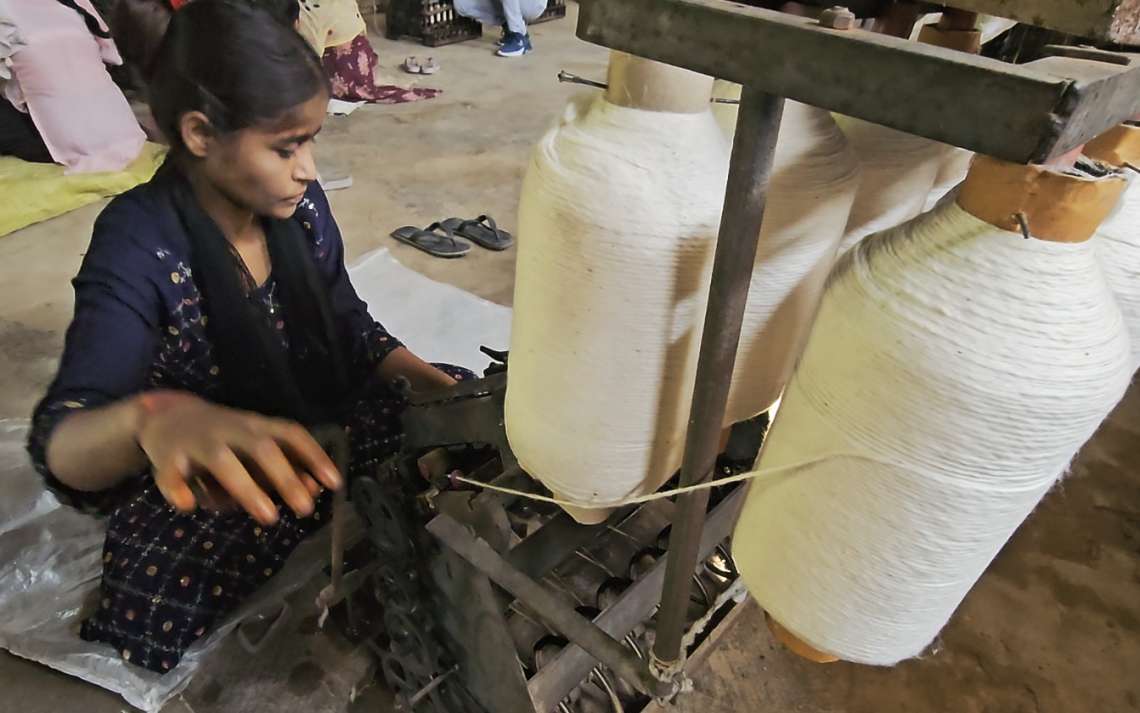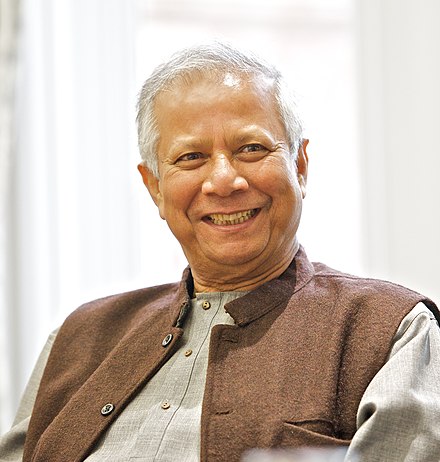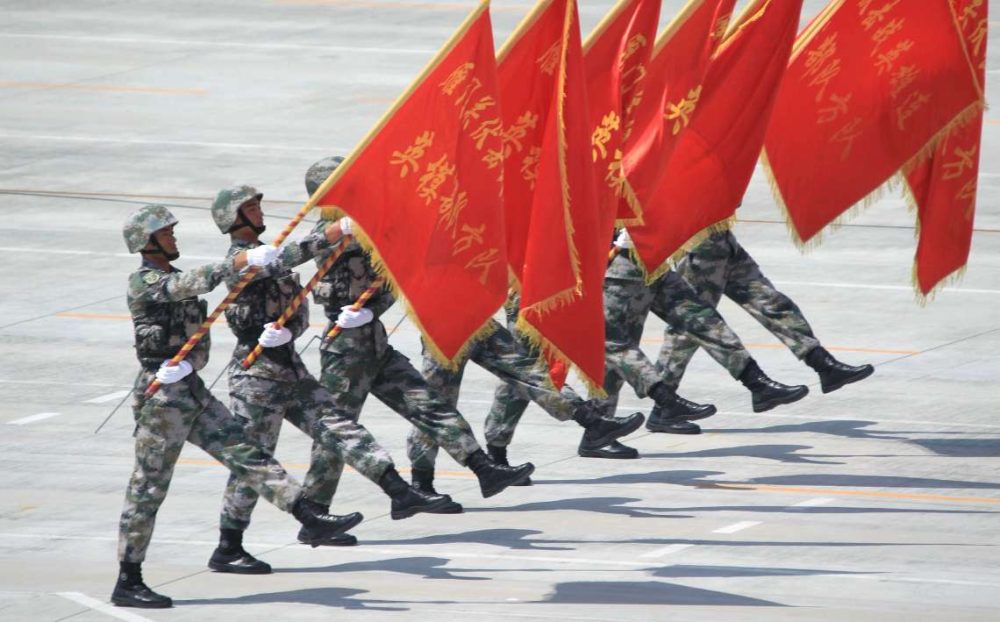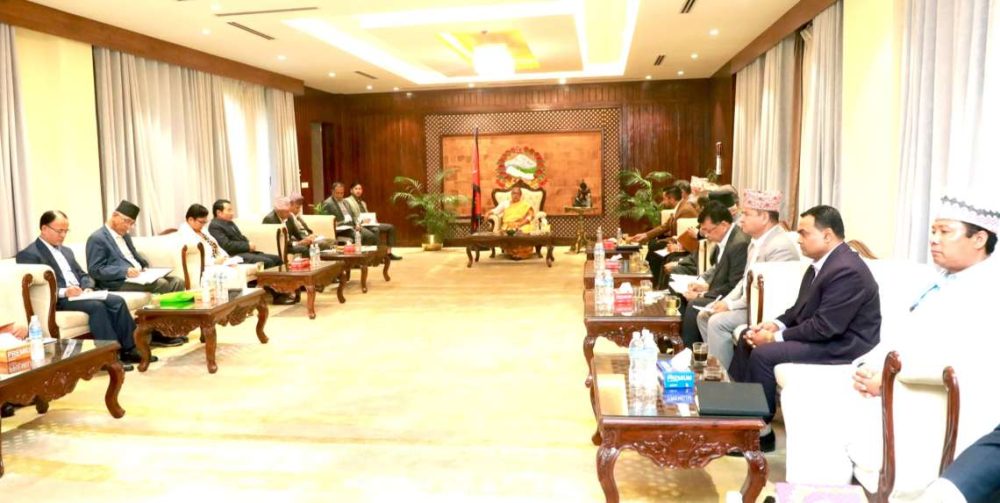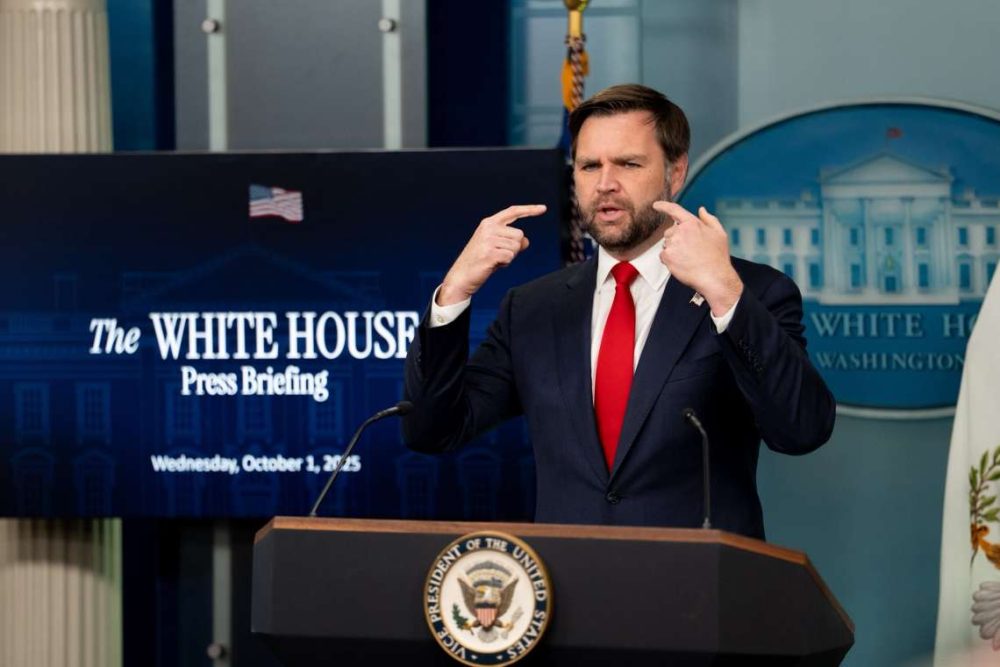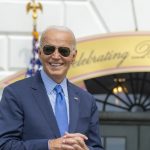Trump’s planned meeting with Xi links soybean trade disputes to wider US-China tensions, as American military officials warn of growing threats from both Beijing and Pyongyang….reports Asian Lite News
US President Donald Trump has announced that he will meet Chinese President Xi Jinping in four weeks, signalling soybeans as a major talking point in a meeting likely to intertwine trade, agriculture, and geopolitics. The announcement comes at a delicate moment for Washington, as senior US military officials underscore the growing challenges posed by China and North Korea in the Indo-Pacific.
Trump, writing on his Truth Social account on Wednesday, accused Beijing of deliberately stalling soybean purchases from the United States for “negotiating reasons” and vowed to support America’s farming community, which has been hit by the slowdown. “The Soybean Farmers of our Country are being hurt because China is, for ‘negotiating’ reasons only, not buying. We’ve made so much money on Tariffs, that we are going to take a small portion of that money, and help our Farmers,” he declared.
Promising unwavering support to America’s rural base, Trump stressed: “I WILL NEVER LET OUR FARMERS DOWN! Sleepy Joe Biden didn’t enforce our Agreement with China, where they were going to purchase Billions of Dollars of our Farm Product, but Soybeans, in particular. It’s all going to work out very well. I LOVE OUR PATRIOTS, AND EVERY FARMER IS EXACTLY THAT!”
Trump further added that soybeans will form a “major topic of discussion” with Xi, pledging to make “soybeans and other row crops great again.”
The issue of soybeans has long been politically sensitive. China is the world’s largest buyer of soybeans, a staple for animal feed and food products, and American farmers rely heavily on Chinese imports. Trade tensions between the two countries in recent years, punctuated by tariffs and countermeasures, have caused volatility in US agricultural markets. By making soybeans a key agenda item, Trump is again appealing directly to a constituency vital to his electoral support.
This development follows his earlier claim on September 20 that Xi had approved the TikTok deal, allowing the Chinese-owned video platform to continue operations in the United States under a new arrangement involving American investors. “We are going to have very tight control. It is an amazing thing that has been created,” Trump said at the time, calling the outcome “a very good deal for us” and thanking Xi for his cooperation.
While Trump seeks common ground with Xi on issues like trade and technology, his administration faces growing concerns from the military establishment about China’s strategic behaviour in Asia.
In South Korea, US Secretary of the Army Daniel Driscoll labelled China and North Korea as “basic threats” to regional stability, while signalling that the role of US Forces Korea (USFK) may shift to counter Beijing more effectively. Speaking at the sprawling US Army Garrison Humphreys base in Pyeongtaek, about 60 kilometres south of Seoul, Driscoll underlined the enduring importance of the US-South Korea alliance but warned that the security environment is changing rapidly.
“I think the short answer is that both are basic threats,” he said when asked whether the main focus of USFK is North Korea or China. “The partnership that has lasted so many decades is vitally important. We want to be able to, and we know that we can rely on the ROK army as allies.”
Maj. Gen. William Taylor, acting commander of the Eighth Army, reinforced this view, stressing the need for the alliance to modernise and adapt. “Our responsibility is to make sure through our mutual defence treaty together that we have the most capable, adaptable and lethal fighting force that’s modernised, to look at any evolving threat in the Indo-Pacific,” he said.
Both officials highlighted the necessity of advanced defence systems in the region. The US has already deployed an Indirect Fire Protection Capability (IFPC) system, similar to Israel’s Iron Dome, alongside MQ-9 Reaper drones. Driscoll also pointed to drones as a major modern threat, requiring deep cooperation with South Korea and regional partners to detect and neutralise them effectively.
“Our pacing threat is in this part of the world,” Driscoll warned. “In order to mitigate against that threat, we need strong partnerships and allies like we have here, and we want to invest in those.”
As the US military expands its high-tech footprint in South Korea, Trump’s upcoming meeting with Xi will have far-reaching implications not only for trade and American farmers, but also for Washington’s broader Indo-Pacific strategy. The juxtaposition of trade disputes and security threats reflects the multi-layered complexity of US-China relations.
By bringing soybeans to the negotiating table alongside TikTok and tariffs, Trump is signalling that economic and agricultural concerns will remain central to his diplomacy. Yet with the Pentagon recalibrating its presence in Asia to counter Chinese influence, the outcome of Trump’s meeting with Xi will likely reverberate far beyond America’s heartland farms, shaping the trajectory of great power competition in the region.


